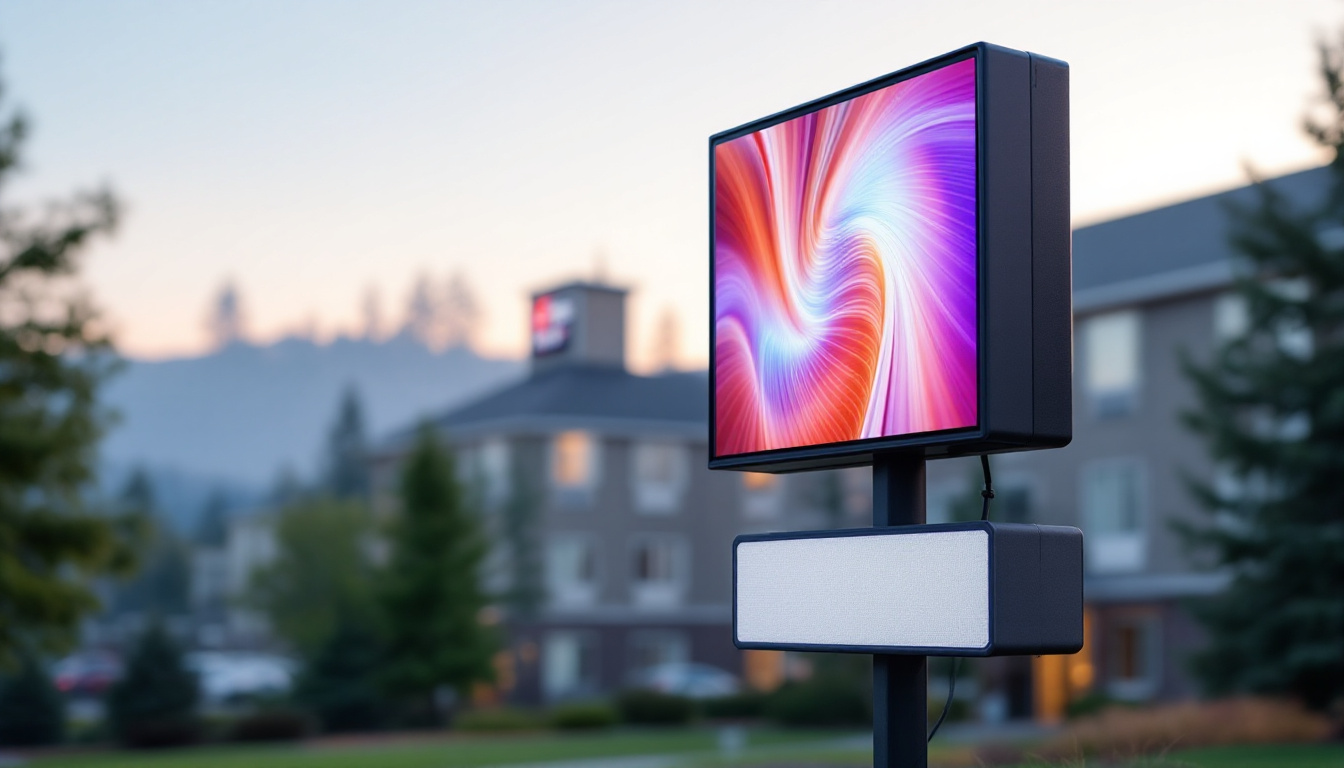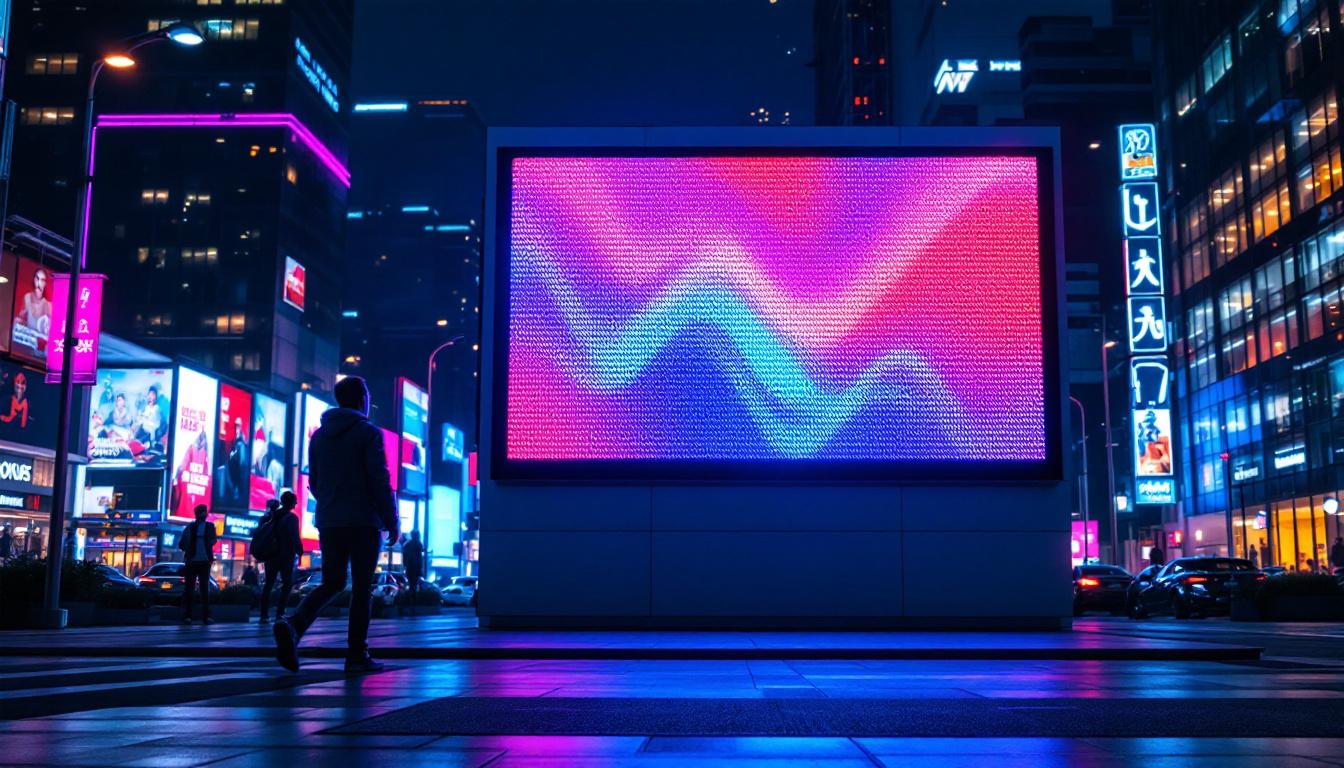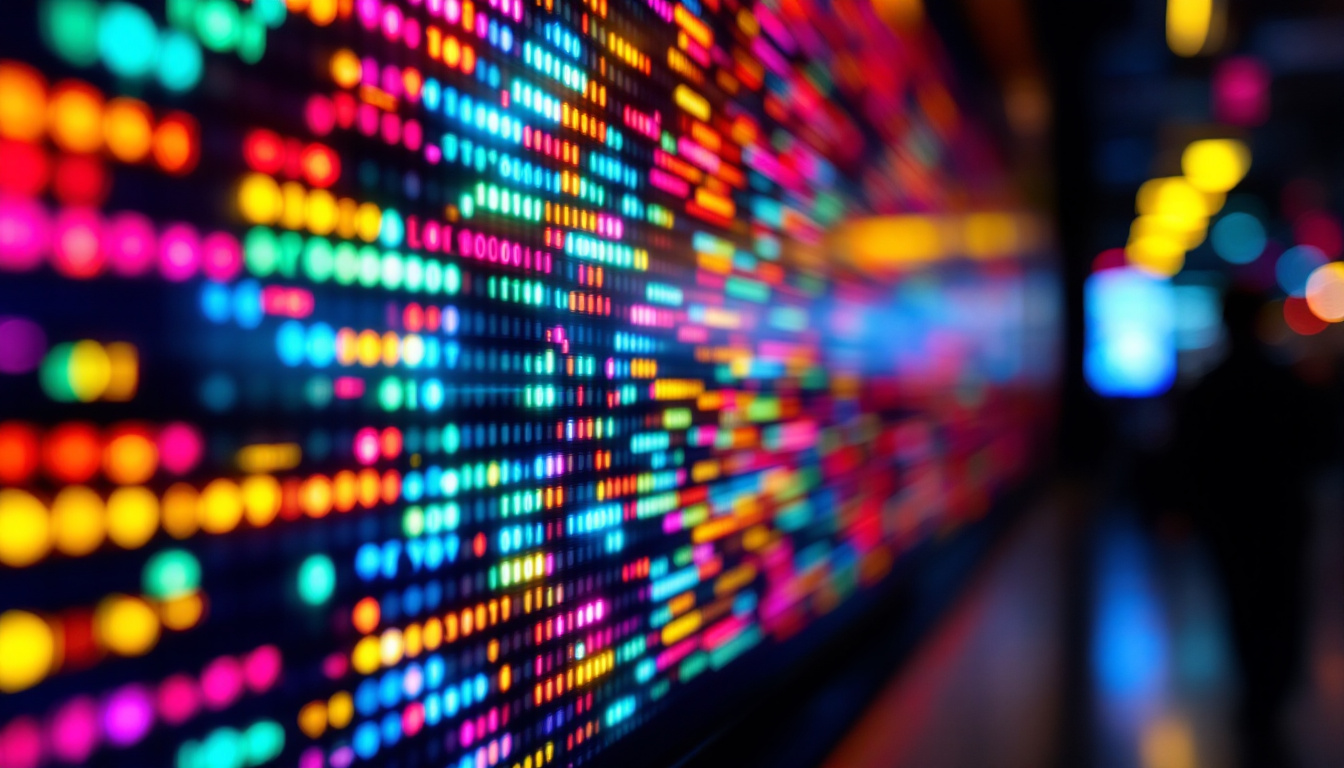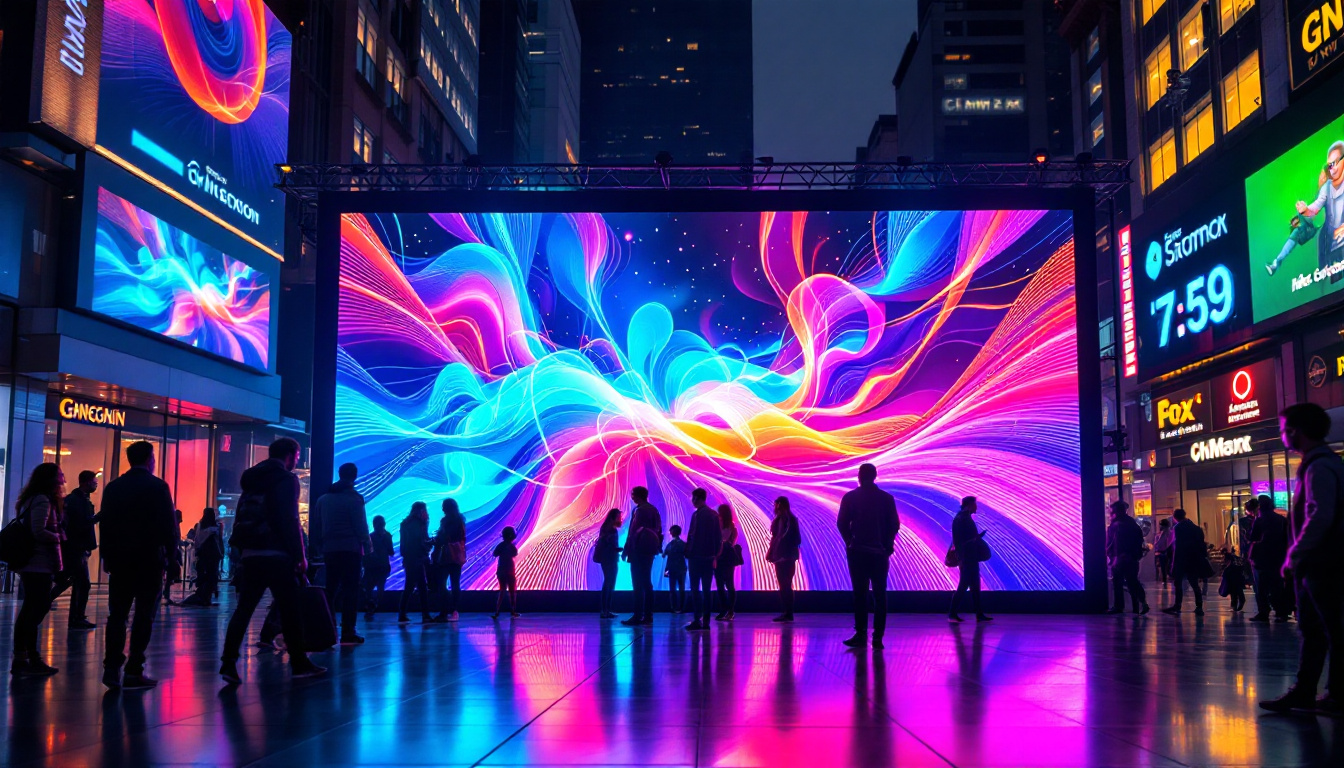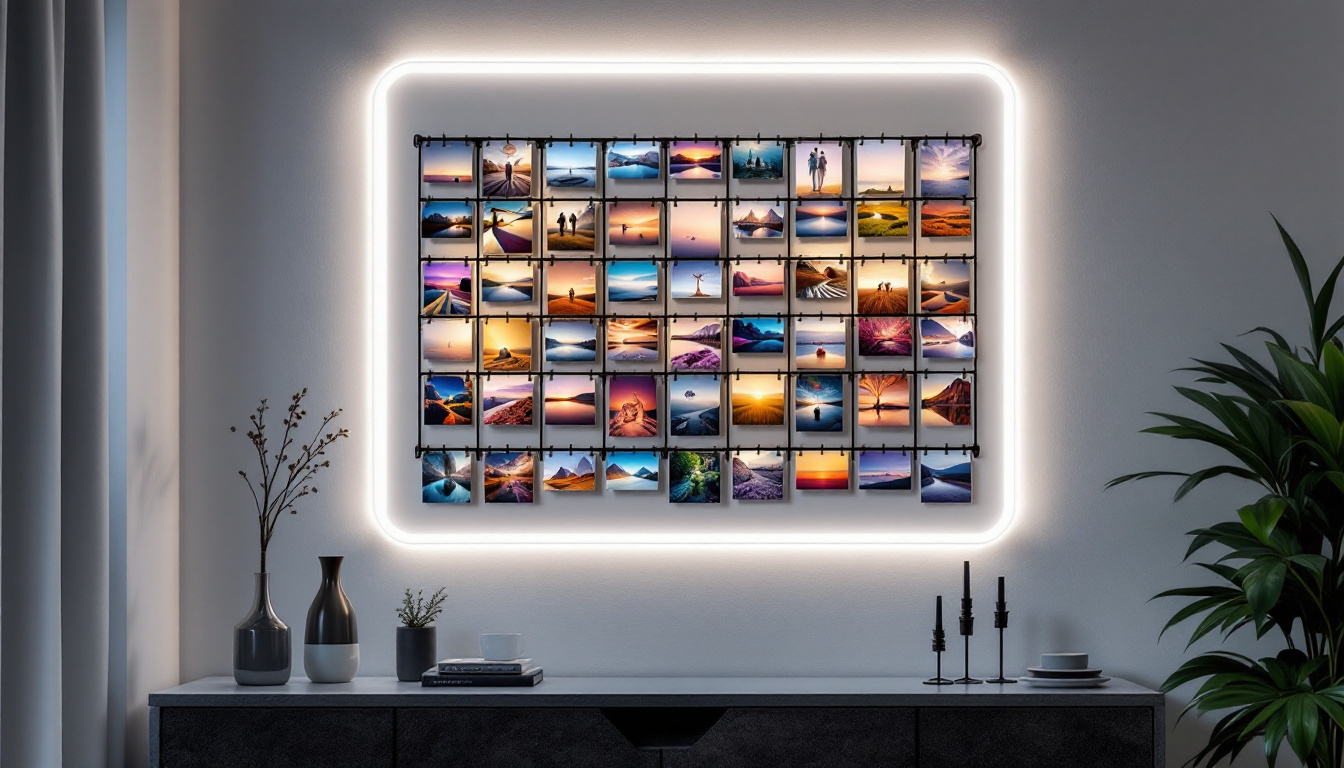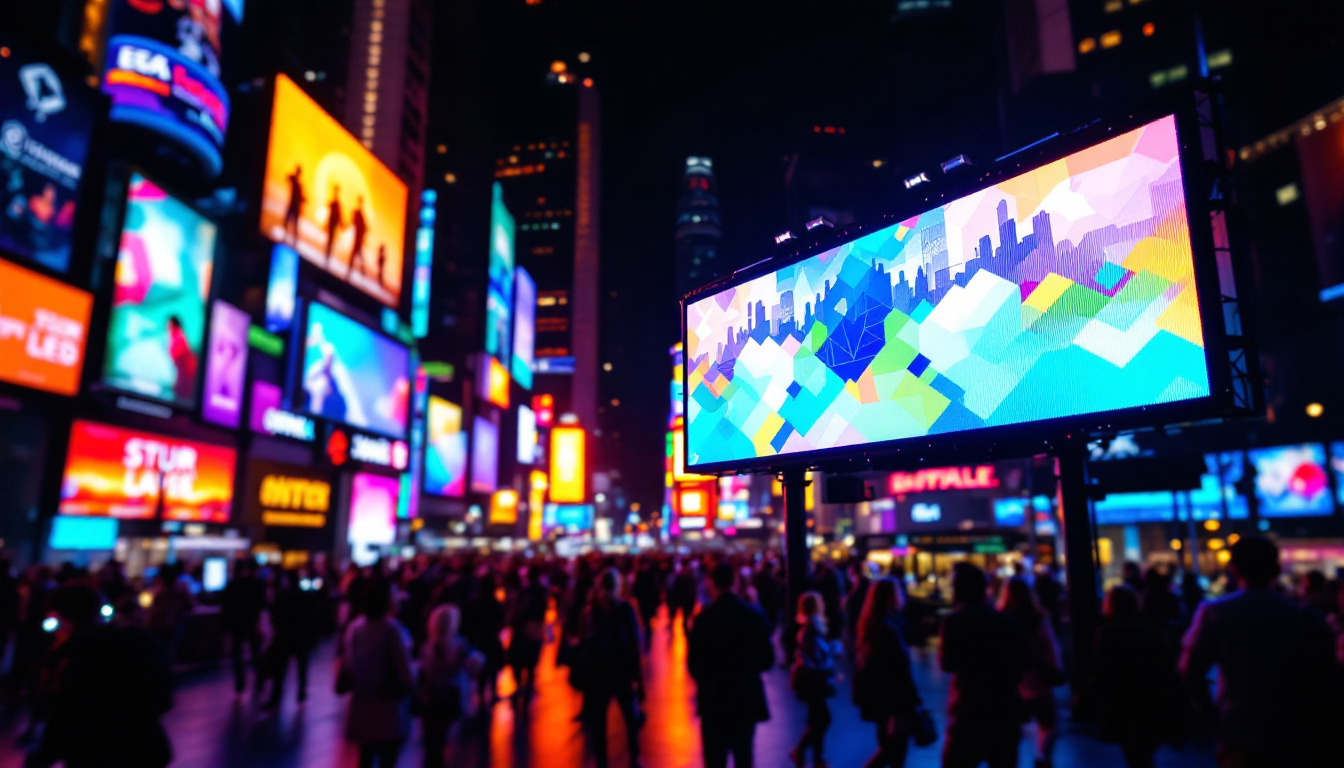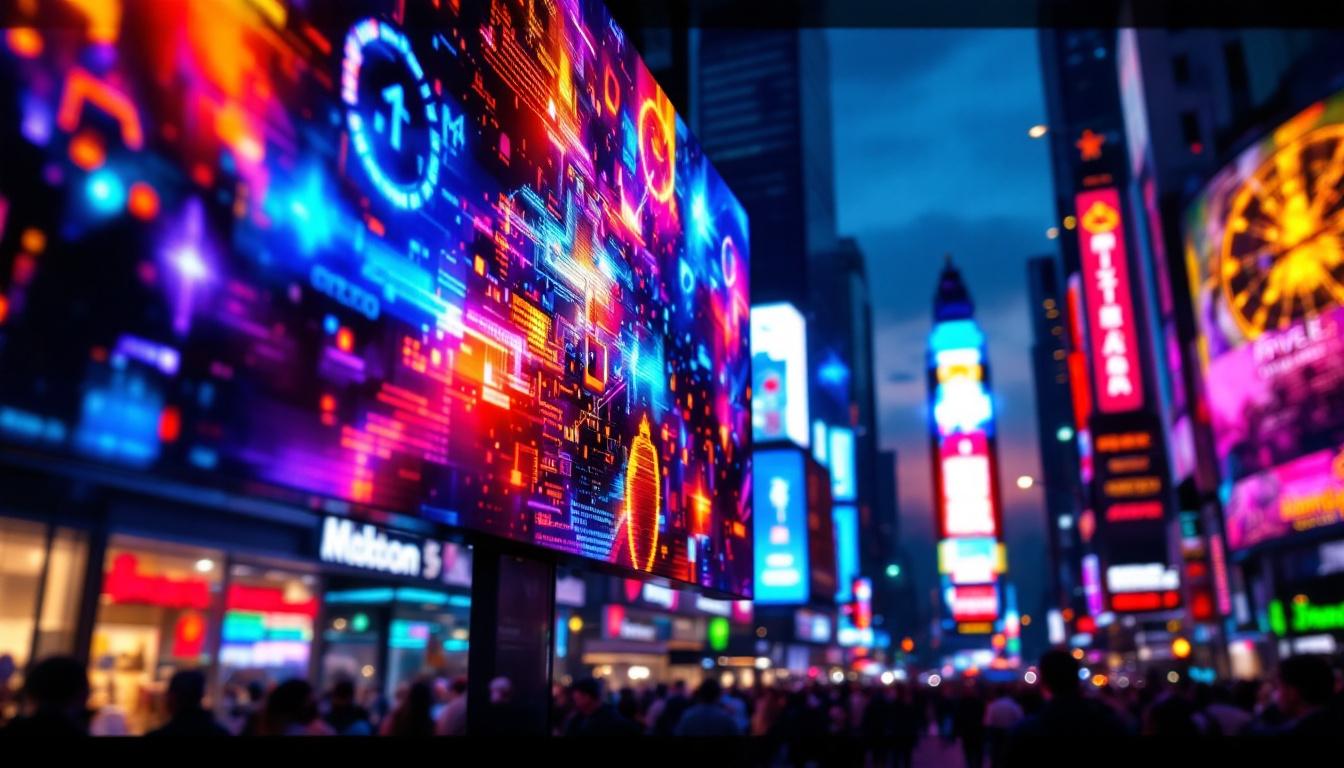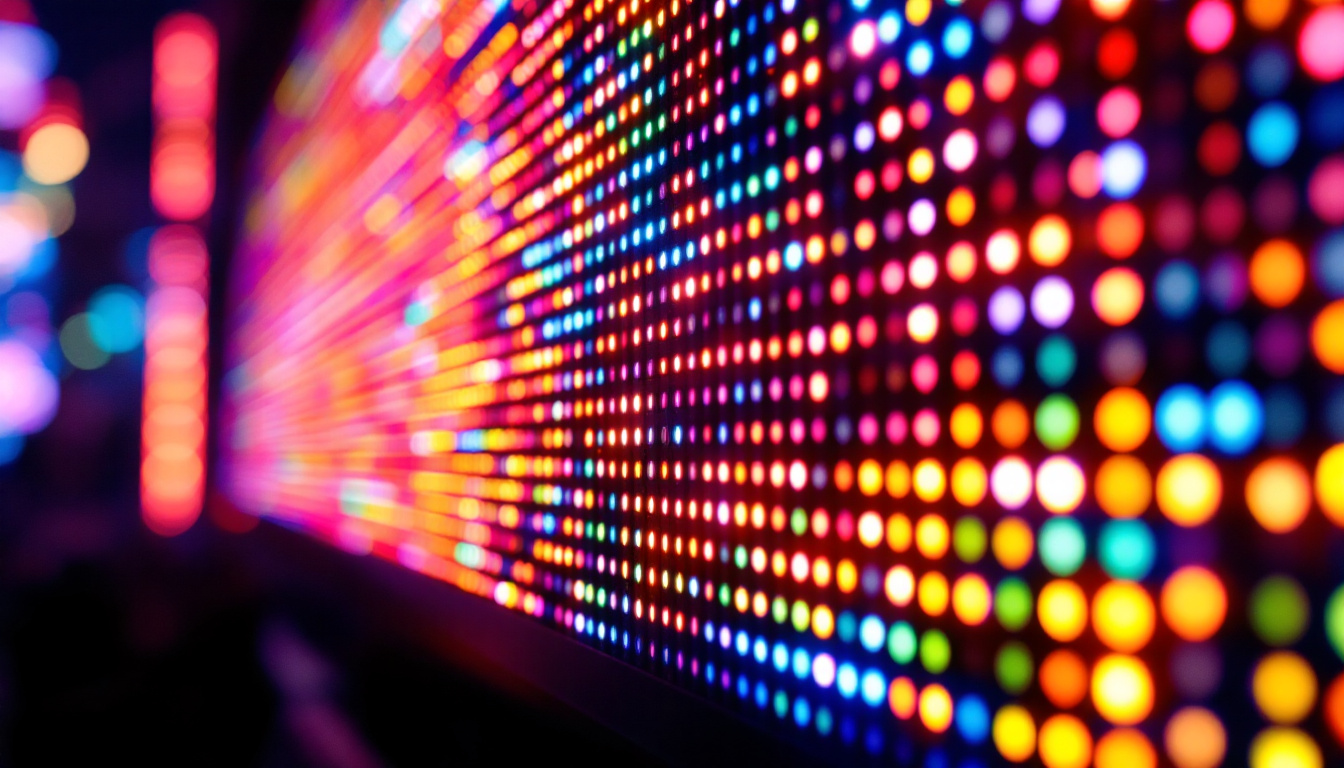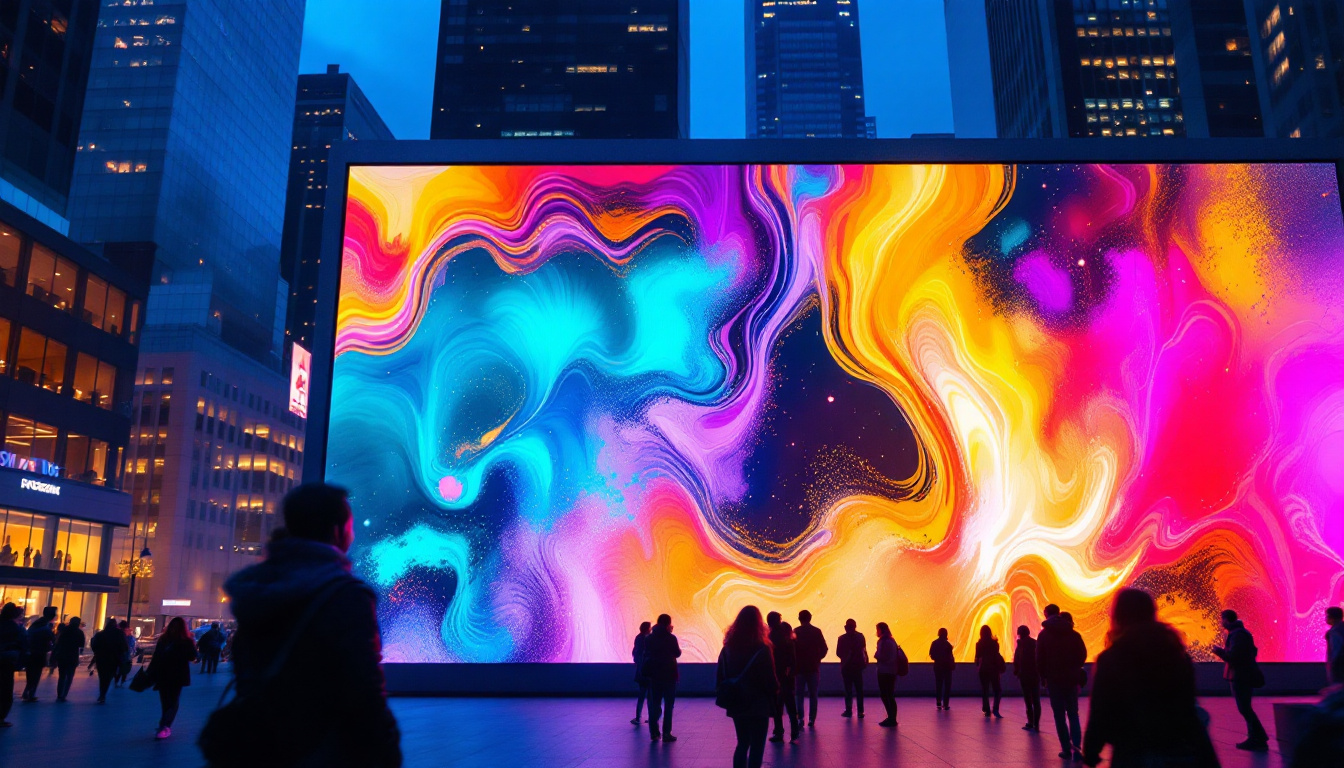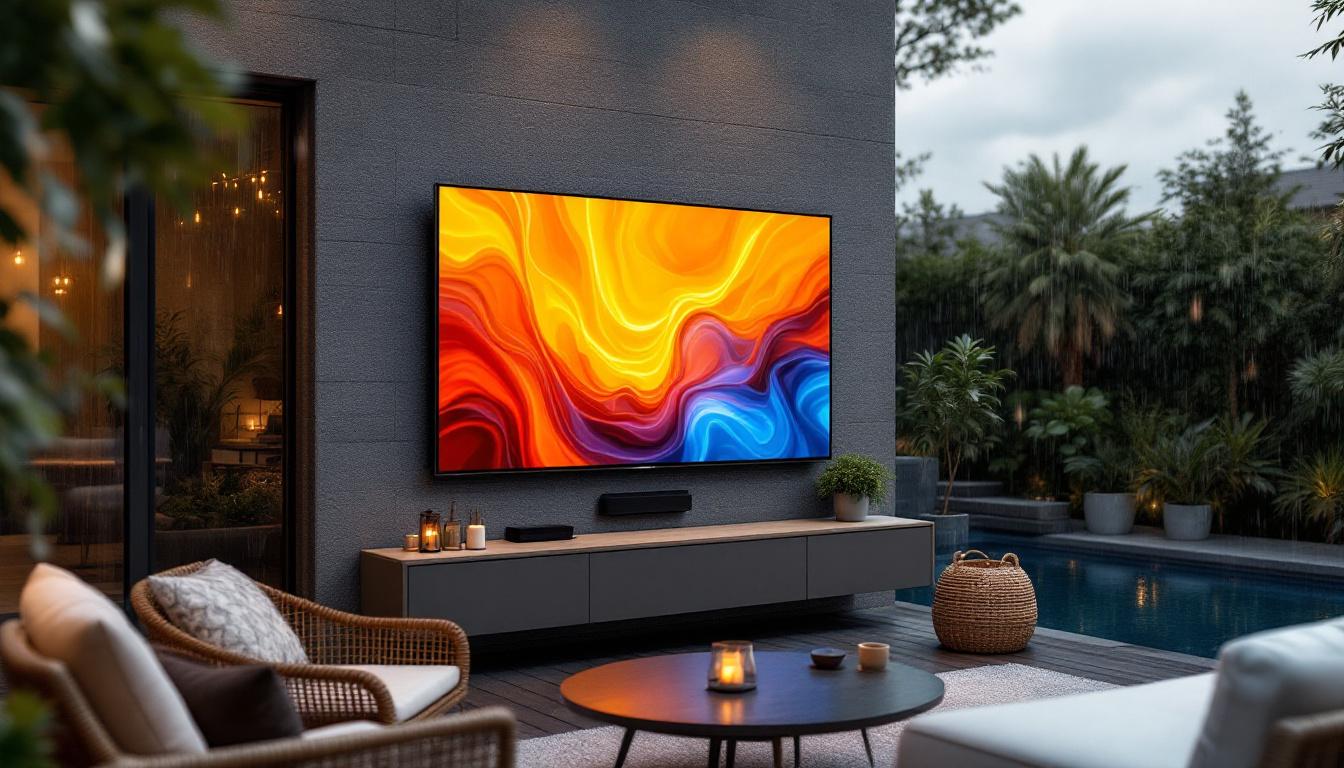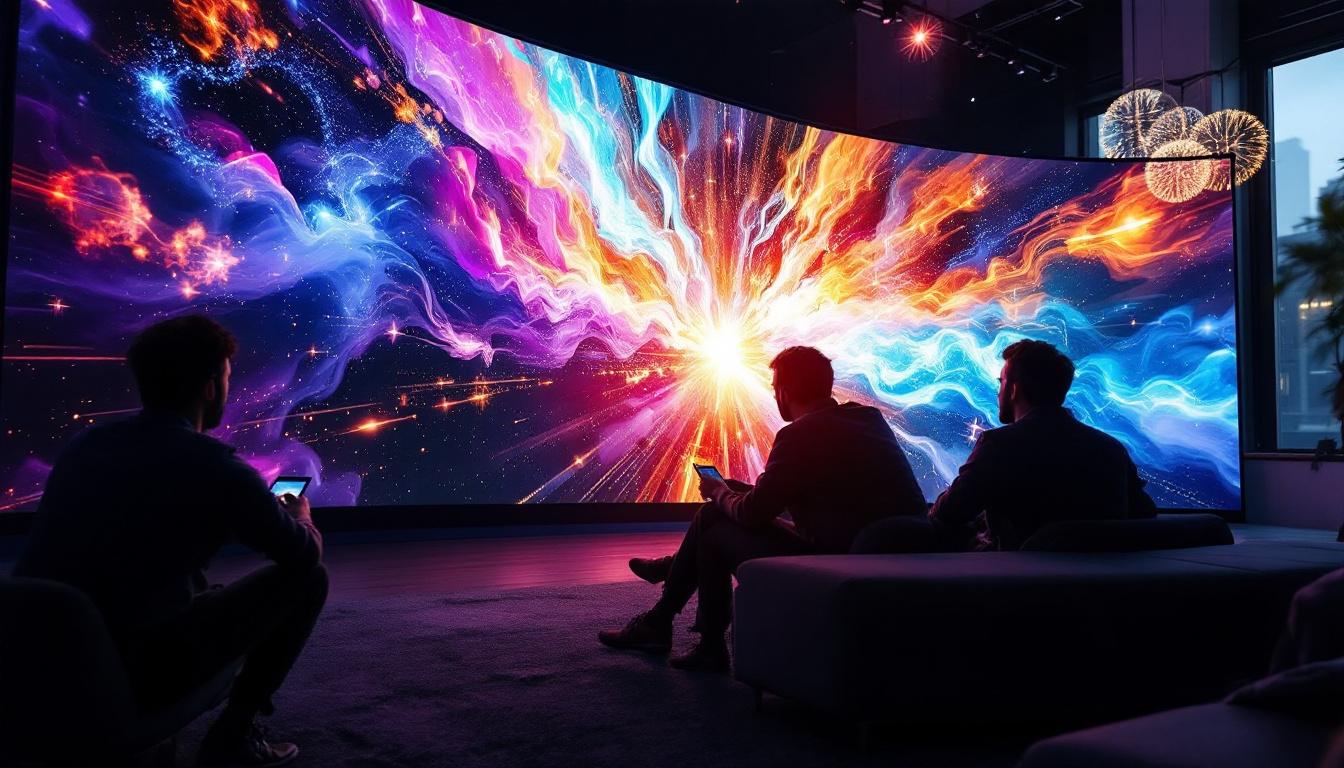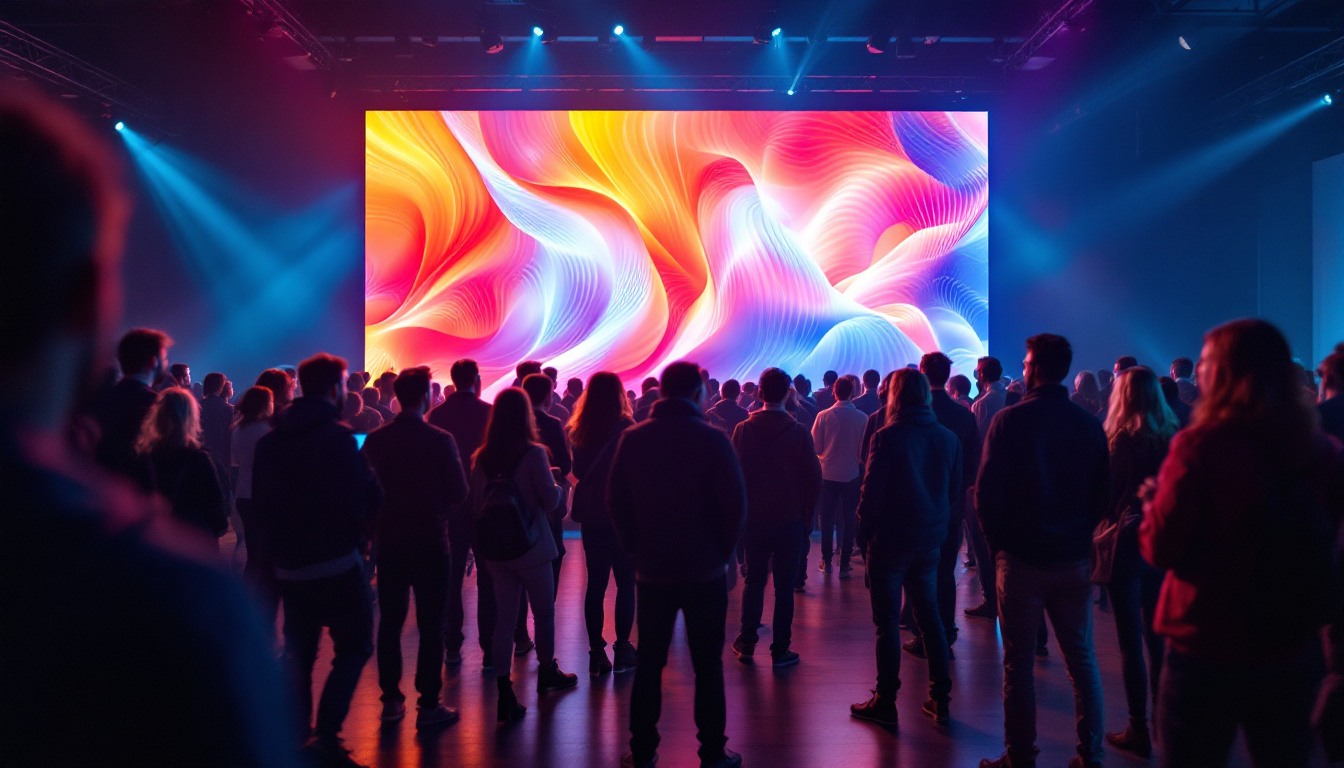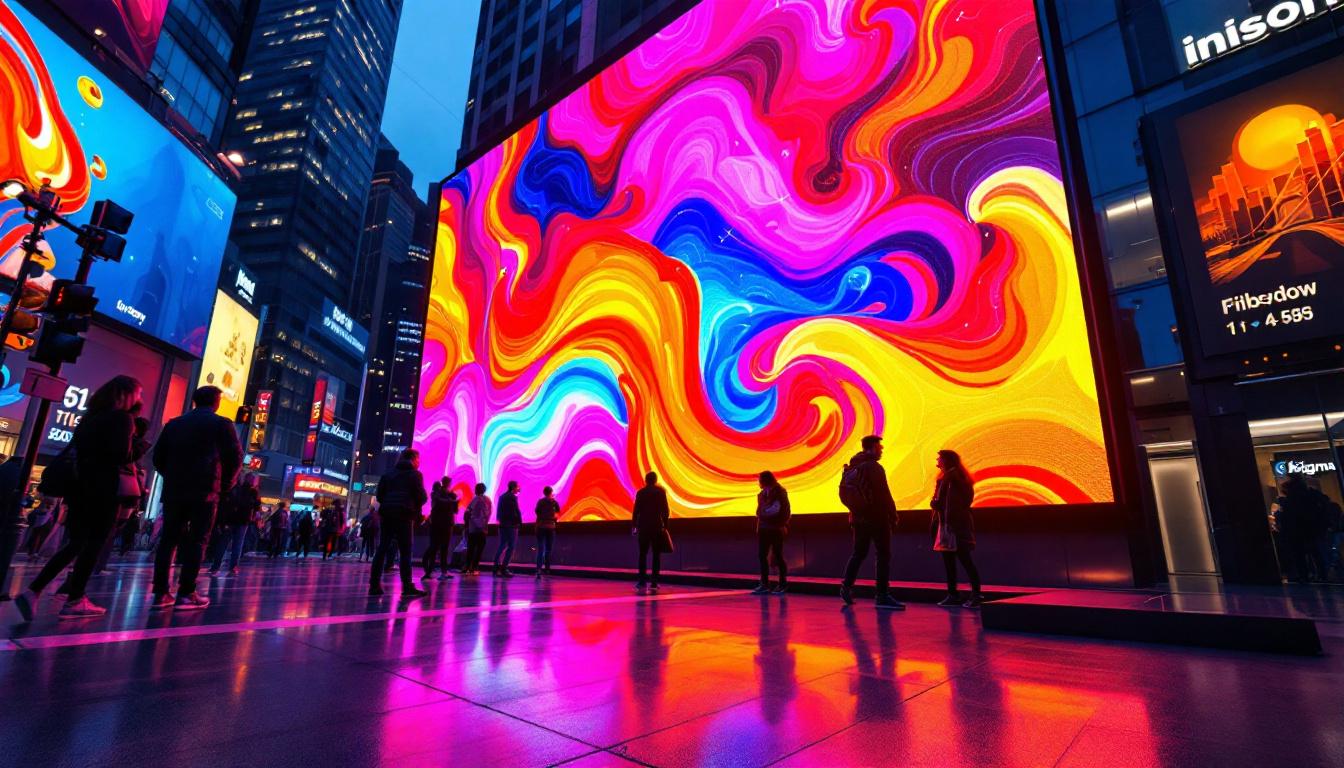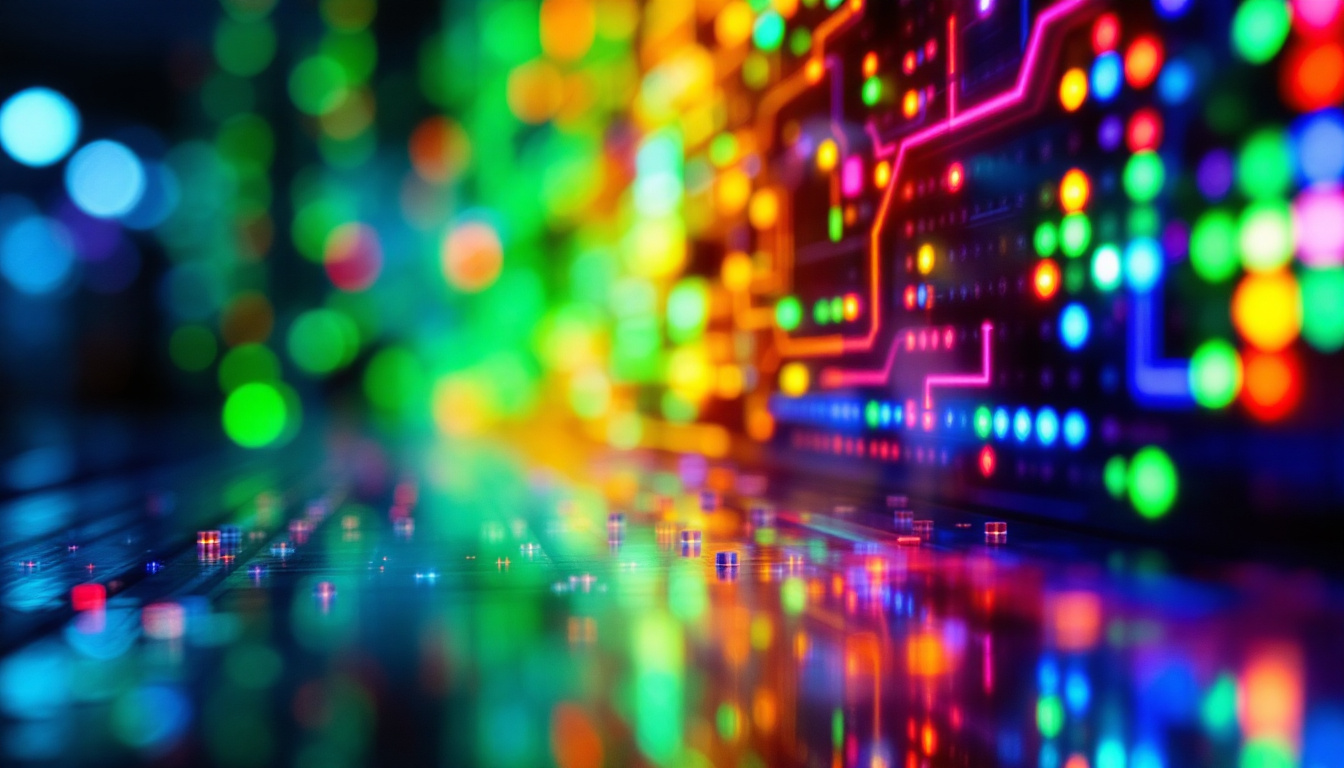In the rapidly evolving world of digital displays, LED technology stands out as a dominant force. Among the many types of LED displays, the matrix panel LED is a fundamental component that powers everything from billboards to scoreboards, and even indoor signage. Understanding how matrix panel LEDs work, their applications, and their advantages can provide valuable insight for businesses, designers, and tech enthusiasts alike.
What Is a Matrix Panel LED?
A matrix panel LED is essentially an array of light-emitting diodes arranged in a grid or matrix format. Each LED in this grid acts as a pixel, which can be individually controlled to display images, text, or animations. The term “matrix” refers to the structured layout of these LEDs in rows and columns, allowing for precise control over each point of light.
The typical matrix panel LED can vary in size and resolution, depending on its intended use. Smaller panels might be used in handheld devices or wearable tech, while larger panels are common in outdoor advertising and stadium screens. The flexibility in size and resolution makes matrix panel LEDs highly versatile.
How Does a Matrix Panel LED Work?
Matrix panels operate by controlling the voltage applied to each LED in the grid. By selectively powering specific LEDs, the panel can create patterns of light that form images or text. This is usually managed by a controller or driver circuit that sends signals to the LEDs based on the input data.
There are two common ways to arrange the LEDs in a matrix: passive and active matrix. Passive matrix LED displays control LEDs through intersecting row and column lines, which can limit refresh rates and brightness. Active matrix displays, on the other hand, use thin-film transistors (TFTs) to control each LED individually, resulting in better image quality and faster response times.
Types of Matrix Panel LEDs
The diversity of matrix panel LEDs stems from variations in color, size, and technology. Understanding these types helps in selecting the right display for specific applications.
Monochrome vs. Full-Color Matrix Panels
Monochrome matrix panels use LEDs of a single color, typically red, green, or amber. These are often used for simple text displays such as digital clocks or public transit signs due to their lower cost and power consumption. For example, a red monochrome LED matrix panel is popular in stock ticker displays because of its high visibility and contrast.
Full-color matrix panels combine red, green, and blue (RGB) LEDs at each pixel, allowing the display to produce millions of colors. This capability is essential for high-quality video displays, advertising billboards, and event screens. The ability to render vibrant, dynamic content makes full-color panels the preferred choice for engaging audiences in retail and entertainment environments.
Indoor vs. Outdoor Matrix Panels
Matrix panels designed for indoor use typically have a higher pixel density, meaning the LEDs are packed closer together. This results in sharper images at close viewing distances, ideal for conference rooms, retail stores, or control centers. Indoor panels also tend to have lower brightness levels since they are not exposed to direct sunlight.
Outdoor matrix panels, conversely, are built to withstand harsh weather conditions and have much higher brightness levels—often exceeding 5,000 nits—to ensure visibility even in bright daylight. They are also constructed with durable materials to resist moisture, dust, and temperature extremes. These panels are commonly seen in sports arenas, roadside billboards, and public squares.
Applications of Matrix Panel LEDs
The versatility of matrix panel LEDs has led to their widespread adoption across various industries. Their ability to convey information clearly and attractively makes them invaluable tools for communication and advertising.
Advertising and Digital Signage
One of the most prominent uses of matrix panel LEDs is in advertising. Digital billboards powered by large-scale matrix panels can display dynamic content that captures attention far more effectively than static signs. According to recent market research, the global digital signage market is expected to grow at a compound annual growth rate (CAGR) of over 8% through 2027, driven largely by LED technology advancements.
Retailers use indoor LED matrix panels to showcase promotions, product information, and interactive content. The ability to update content remotely and in real-time offers a significant advantage over traditional print media, enabling businesses to respond quickly to market trends and customer preferences.
Public Information Displays
Matrix panel LEDs are crucial in public information systems, such as transit displays, airport flight boards, and emergency alert systems. Their high visibility and reliability ensure that critical information reaches large audiences efficiently. For example, many metropolitan subway systems use LED matrix panels to display train arrival times and service updates, improving passenger experience and operational efficiency.
Entertainment and Events
In the entertainment industry, matrix panel LEDs create immersive visual experiences. Concerts, sports events, and theater productions often feature large LED walls that display live video feeds, graphics, and special effects. The scalability of matrix panels allows event organizers to customize screen sizes and resolutions to fit venue requirements, enhancing audience engagement.
Industrial and Control Applications
Beyond consumer-facing uses, matrix panel LEDs are employed in industrial settings for monitoring and control. Factories and power plants utilize LED displays to show real-time data, alerts, and operational metrics. Their durability and clarity make them ideal for environments where quick, accurate information is critical for safety and efficiency.
Advantages of Matrix Panel LEDs
Matrix panel LEDs offer several benefits that contribute to their popularity across various sectors. Understanding these advantages helps explain why LED technology continues to outpace alternatives like LCD and projection displays.
Energy Efficiency and Longevity
LEDs are inherently energy-efficient, consuming significantly less power than traditional incandescent or fluorescent lighting. This efficiency translates into lower operating costs, especially for large-scale displays that run continuously. Additionally, LEDs have a long lifespan—often exceeding 50,000 hours—reducing maintenance and replacement expenses.
Brightness and Visibility
Matrix panel LEDs can achieve extremely high brightness levels, making them visible in a wide range of lighting conditions. This is particularly important for outdoor applications where sunlight can wash out less powerful displays. The ability to adjust brightness dynamically also helps reduce glare and power consumption during nighttime use.
Flexibility and Customization
The modular nature of matrix panel LEDs allows for flexible design options. Panels can be combined to create large seamless displays or configured into custom shapes and sizes. This adaptability supports creative installations and tailored solutions for specific environments and purposes.
Fast Response Time and High Refresh Rates
LED matrix panels have rapid response times, enabling smooth video playback and clear motion rendering. High refresh rates minimize flicker, which is essential for applications like live broadcasting and interactive displays. This performance advantage enhances viewer comfort and content quality.
Challenges and Considerations
While matrix panel LEDs offer many benefits, there are some challenges and factors to consider when selecting and deploying these displays.
Initial Cost and Installation
The upfront investment for high-quality matrix panel LED displays can be substantial, particularly for large or high-resolution installations. Costs include not only the panels themselves but also controllers, mounting hardware, and professional installation services. However, the long-term savings in energy and maintenance often justify the initial expenditure.
Pixel Pitch and Viewing Distance
Pixel pitch—the distance between adjacent LEDs—directly affects image clarity and viewing distance. Smaller pixel pitches provide higher resolution and are suitable for close viewing, but they also increase cost. Conversely, larger pixel pitches are more affordable and effective for distant viewing but may appear pixelated up close. Selecting the appropriate pixel pitch is critical to achieving the desired visual impact.
Environmental Factors
Outdoor matrix panel LEDs must be designed to withstand environmental stresses such as rain, wind, dust, and temperature fluctuations. Ensuring proper IP (Ingress Protection) ratings and robust construction is essential for reliable operation. Indoor panels also require considerations for heat dissipation and ventilation to maintain performance and longevity.
Future Trends in Matrix Panel LED Technology
The LED display industry continues to innovate, with several emerging trends poised to enhance matrix panel LED capabilities further.
MicroLED and MiniLED Technologies
MicroLED and MiniLED represent advancements that offer even higher resolution, brightness, and energy efficiency. MicroLEDs are tiny LEDs that can be packed more densely than traditional LEDs, enabling ultra-high-definition displays with exceptional color accuracy. These technologies are expected to revolutionize displays in smartphones, televisions, and large-scale digital signage.
Flexible and Transparent LED Panels
Flexible matrix panels allow displays to be curved or wrapped around surfaces, opening new creative possibilities for architectural integration and wearable devices. Transparent LED panels enable see-through displays, which can be used in retail windows and augmented reality applications, blending digital content with physical environments.
AI and Smart Display Integration
Artificial intelligence is increasingly being integrated with LED displays to enable dynamic content adjustment based on audience behavior, environmental conditions, and real-time data analytics. Smart displays can optimize brightness, content relevance, and interactivity, enhancing user engagement and operational efficiency.
Conclusion
Matrix panel LEDs are a cornerstone of modern digital display technology, offering unmatched versatility, brightness, and energy efficiency. Their widespread adoption across advertising, public information, entertainment, and industrial sectors underscores their importance in contemporary communication. As technology advances, matrix panel LEDs will continue to evolve, delivering richer visual experiences and smarter, more adaptable display solutions.
For businesses and organizations looking to invest in digital displays, understanding the fundamentals of matrix panel LED technology is essential. By considering factors such as panel type, pixel pitch, environmental requirements, and future trends, stakeholders can make informed decisions that maximize impact and return on investment.
Discover LumenMatrix’s Advanced LED Display Solutions
Ready to elevate your visual communication with cutting-edge technology? Explore LumenMatrix’s comprehensive range of LED display modules, designed to captivate and engage your audience. From vibrant Indoor and Outdoor LED Wall Displays to innovative solutions like Vehicle LED Displays, LED Posters, and Transparent LED Panels, LumenMatrix offers tailored options to bring your brand to life. Experience the future of digital signage and create unforgettable visual experiences. Check out LumenMatrix LED Display Solutions today and transform the way you share your message with the world.


